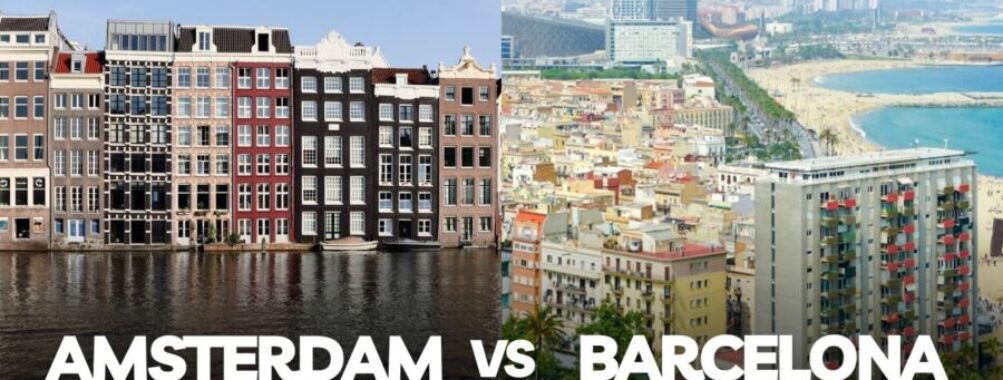
Amsterdam vs Barcelona: 5 Key Differences Every Savvy Traveler Should Know
Amsterdam and Barcelona are two of Europe’s most popular tourist destinations. Both offer unique charms and experiences, but they’re quite different. Amsterdam’s picturesque canals and laid-back vibe contrast with Barcelona’s sunny beaches and lively Mediterranean culture.
Travelers often struggle to choose between these two amazing destinations. Amsterdam is known for its bike-friendly streets, world-class museums, and quaint architecture. Meanwhile, Barcelona boasts stunning Gaudi buildings, delicious tapas, and a dynamic nightlife.
The best choice depends on what you’re looking for in a trip. Do you prefer leisurely boat rides or lounging on the beach? Are you more interested in Dutch masters or Catalan modernism?
Your ideal vacation might lean towards Amsterdam’s cozy cafes or Barcelona’s bustling Las Ramblas. Either way, you’re in for an unforgettable European adventure.
Contents
- Geographic and Cultural Overview
- Understanding Amsterdam
- Discovering Barcelona
- Lifestyle and Atmosphere
- Local Life in Amsterdam
- Barcelona’s Vibrant Daily Rhythm
- Iconic Landmarks and Sightseeing
- Amsterdam’s Historical Sights
- Barcelona’s Architectural Marvels
- Comparing Leisure and Activities
- Relaxation and Fun in Amsterdam
- Barcelona’s Diverse Entertainments
- Travel Logistics and Accessibility
- Navigating Amsterdam
- Transport in Barcelona
- Culinary Delights and Food Scene
- Tasting Amsterdam
- Barcelona’s Gastronomy
- Accommodation and Living Costs
- Staying in Amsterdam
- Lodgings in Barcelona
- Seasonal Considerations and Best Time to Visit
- Amsterdam Throughout the Year
- Barcelona’s Year-round Appeal
- Frequently Asked Questions
- What cultural differences should I expect when choosing between Amsterdam and Barcelona for my vacation?
- What are the distinctive architectural styles that set Amsterdam apart from Barcelona for travelers with an interest in urban design?
- How do the culinary experiences in Amsterdam and Barcelona compare for food enthusiasts?
- What are the key factors to consider when debating between the festival and event scenes in Amsterdam and Barcelona?
- Could you highlight the advantages of choosing Barcelona over Amsterdam for an art lover’s itinerary?
- How do Amsterdam and Barcelona differ in terms of transportation and ease of getting around for tourists?
- More Travel Guides
Geographic and Cultural Overview
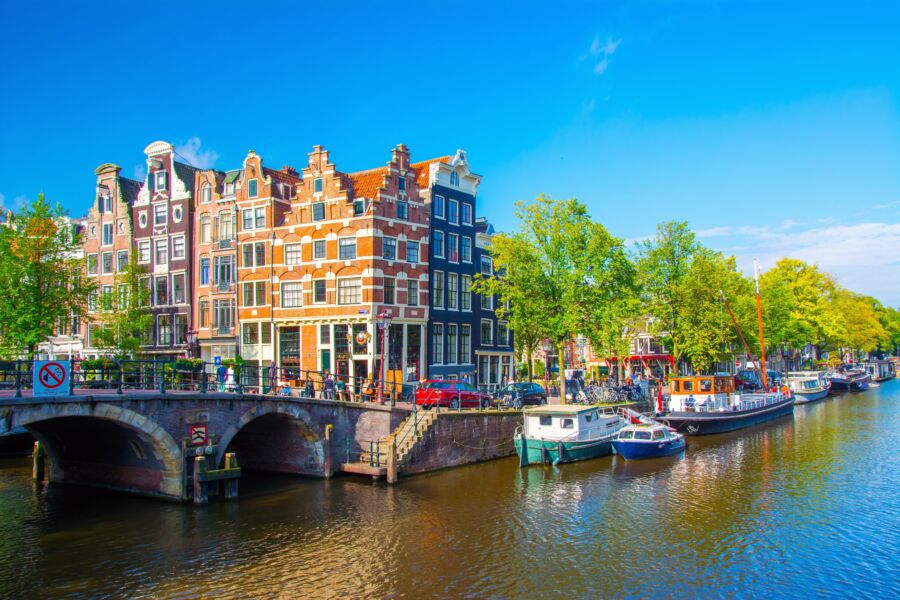
Amsterdam and Barcelona are two European cities with rich histories and distinct cultural identities. Each offers unique experiences shaped by their geography, architecture, and local traditions.
Understanding Amsterdam

Amsterdam, the capital of the Netherlands, is famous for its picturesque canals. These waterways crisscross the city, creating a charming network of 165 canals spanning over 100 kilometers. The city’s layout is like a half-moon, with concentric canal rings radiating outward.
Art lovers flock to Amsterdam for its world-class museums. The Van Gogh Museum houses the largest collection of the Dutch painter’s works. Just a short walk away, the Rijksmuseum showcases Dutch masterpieces from the Golden Age.
Amsterdam’s bike culture is unmatched. With over 881,000 bicycles in the city, there are more bikes than people! Cycling is not just transportation – it’s a way of life here.
Discovering Barcelona

Barcelona, the vibrant capital of Catalonia, sits between the mountains and the Mediterranean Sea. This unique location gives the city a diverse landscape, from sandy beaches to hilly parks.
The city’s most famous landmark is the Sagrada Familia, a massive unfinished church designed by Antoni Gaudí. It’s been under construction for over 140 years and is set to be completed in 2026.
Barcelona’s Gothic Quarter is a maze of narrow streets and medieval buildings. Some structures date back to the Roman era.
Catalan culture is strong in Barcelona. You’ll hear the local language spoken alongside Spanish and see traditional dances like the Sardana performed in public squares.
Lifestyle and Atmosphere

Amsterdam and Barcelona offer distinct vibes that shape daily life for locals and visitors alike. Each city has its unique rhythm, cultural quirks, and ways of enjoying life.
Local Life in Amsterdam

Amsterdam’s laid-back atmosphere is hard to miss. Locals zoom by on bikes, creating a constant buzz of two-wheeled traffic. The city’s compact size makes it easy to get around and bump into friends.
Cafes spill onto sidewalks, perfect for people-watching with a coffee in hand. On sunny days, Vondelpark becomes a hub of activity. Picnickers, joggers, and families fill the green space.
Canal life is central to the Amsterdam experience. Houseboats line the waterways, and boat parties are common in summer. The Dutch value work-life balance, often leaving the office by 5 pm to enjoy long evenings out.
Barcelona’s Vibrant Daily Rhythm

Barcelona pulses with energy from morning till night. Locals start their days late, with many shops opening around 10 am. Lunch is sacred, often stretching for hours over tapas and wine.
The Gothic Quarter’s narrow streets come alive with shoppers and tourists. Street performers add to the lively vibe. As evening falls, the beaches fill with volleyball players and sunbathers squeezing in last rays.
Nightlife kicks off late, with dinner rarely starting before 9 pm. Bars and clubs stay open until dawn. Live music spills out of venues in El Born and Raval. The city’s Mediterranean spirit shines through in its love of outdoor socializing and festivals.
Iconic Landmarks and Sightseeing
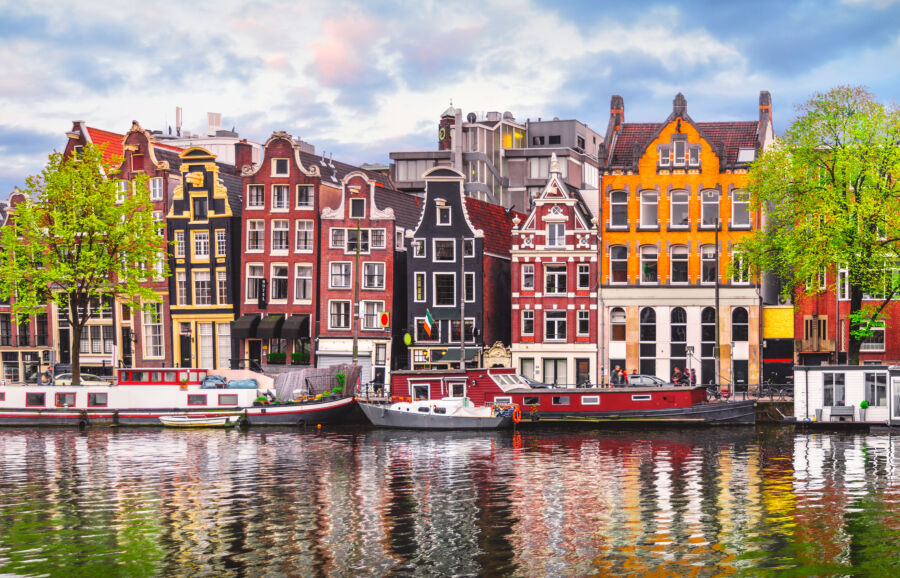
Amsterdam and Barcelona are packed with amazing sights that’ll make your jaw drop. From fancy old buildings to mind-blowing art, these cities have it all. Let’s check out some of the coolest spots in each place.
Amsterdam’s Historical Sights

Amsterdam’s got some real gems when it comes to sightseeing. The Anne Frank House is a must-visit. It’s where Anne and her family hid during World War II. It’s pretty small, but it’ll give you chills.
The city’s canals are also super famous. Take a boat ride, and you’ll see why. The houses along the water are so cute and colorful!
For art lovers, the Rijksmuseum is the place to be. It’s got tons of Dutch masterpieces. The Van Gogh Museum is awesome, too. You can see all those swirly paintings up close.
Don’t forget to just wander around the city. The narrow streets and tilting houses are like something out of a fairytale.
Barcelona’s Architectural Marvels

Barcelona is all about wild and wacky buildings. The Sagrada Familia is the star of the show. It’s this huge, unfinished church that looks like melting ice cream. Trust me, you’ve never seen anything like it.
The Gothic Quarter is also super cool. Its narrow alleys and old buildings will make you feel like you’ve gone back in time.
Park Güell is another must-see. It’s a crazy park full of colorful mosaics and weird shapes—it’s like Dr. Seuss designed a garden!
Las Ramblas is Barcelona’s main drag. It’s always busy with street performers and cool shops. Just watch your wallet—pickpockets love it there, too.
Both cities have tons to see, but Barcelona’s sights are more out there. You’ll be taking photos non-stop!
See Related: Amsterdam vs London: Which European Capital Offers the Ultimate City Break?
Comparing Leisure and Activities
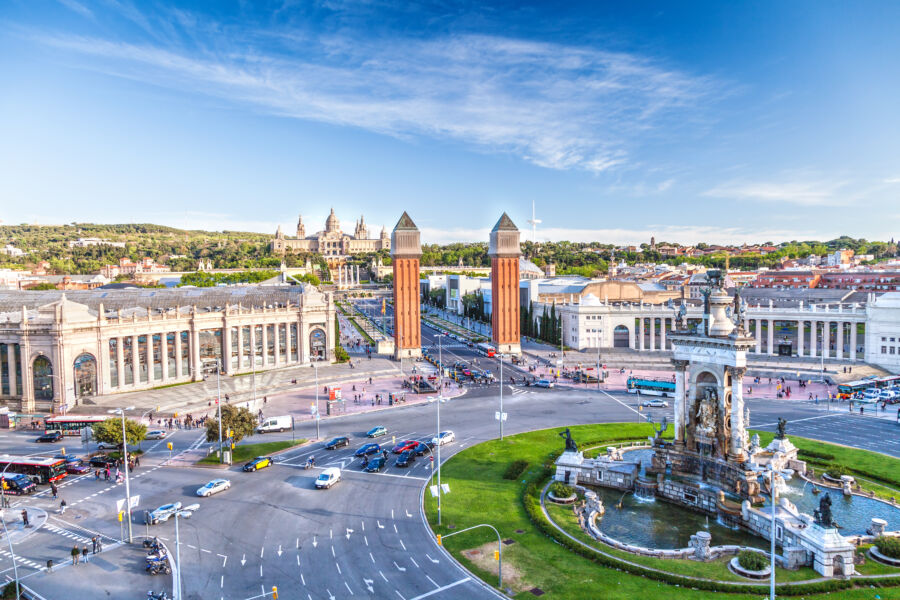
Amsterdam and Barcelona offer unique experiences for visitors. Each city has a distinct vibe and attractions catering to different tastes and interests.
Relaxation and Fun in Amsterdam
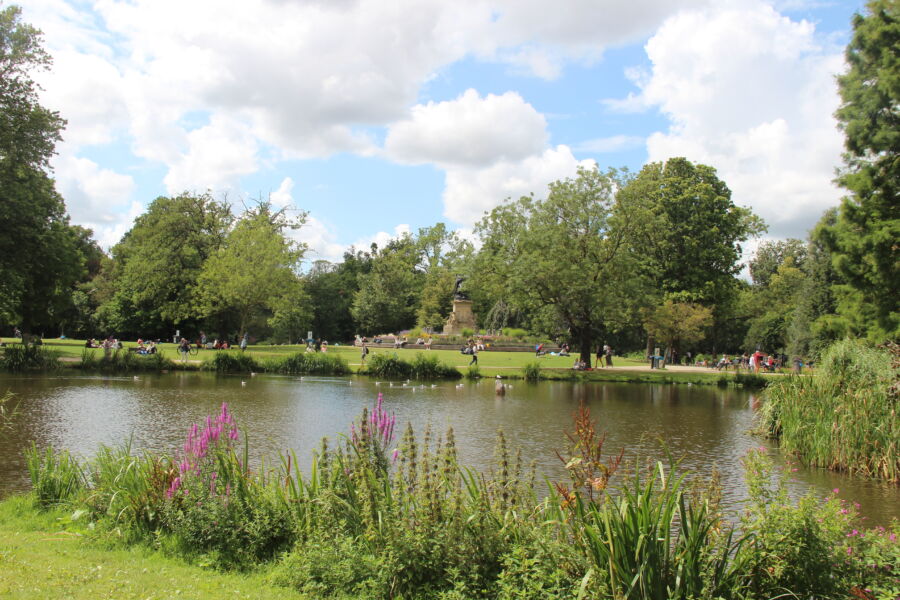
Amsterdam’s laid-back atmosphere makes it perfect for leisurely activities. The city’s famous Vondelpark is a great spot to relax and people-watch. Visitors can rent bikes and explore the park’s winding paths, stopping for picnics or outdoor performances.
The Red Light District is another unique attraction. While controversial, it’s a part of Amsterdam’s culture that draws many tourists. Visitors can take guided tours to learn about its history and current issues.
For flower lovers, Keukenhof Gardens is a must-see in spring. The park bursts with millions of colorful tulips, creating a breathtaking display. It’s a bit outside the city, but it’s worth the trip.
Barcelona’s Diverse Entertainments

Barcelona offers a mix of beach life and city excitement. Barceloneta Beach is popular for sunbathing and swimming. Visitors can also try water sports or enjoy beachside restaurants.
The city’s nightlife is vibrant, with countless bars and clubs to explore. La Rambla, the famous pedestrian street, comes alive at night with street performers and outdoor cafes.
The Magic Fountain of Montjuïc puts on a spectacular light and water show for a magical evening. It’s free to watch and happens several nights a week.
Art lovers will enjoy the many museums and galleries in the city. The Picasso Museum and the Joan Miró Foundation are just two of its cultural highlights.
Travel Logistics and Accessibility
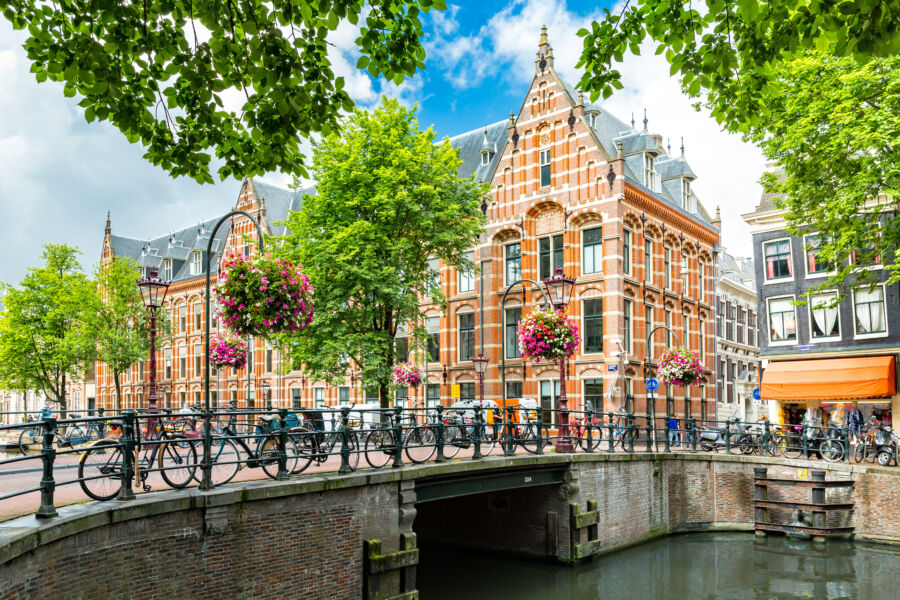
Getting around Amsterdam and Barcelona is easy with their well-developed public transport systems. Each city has its unique features that make exploring a breeze for visitors.

Amsterdam’s compact size makes it perfect for walking and cycling. The city boasts an extensive network of bike lanes, and renting a bike is a fun way to explore. Trams and buses cover most areas, with tickets available at stops or on board.
The I Amsterdam City Card offers free public transport and entry to many attractions. It’s a great deal for tourists who are planning to see many sights.
Schiphol Airport is just 20 minutes from the city center by train. Taxis are pricey, so the train is usually the best option for most travelers.
Transport in Barcelona
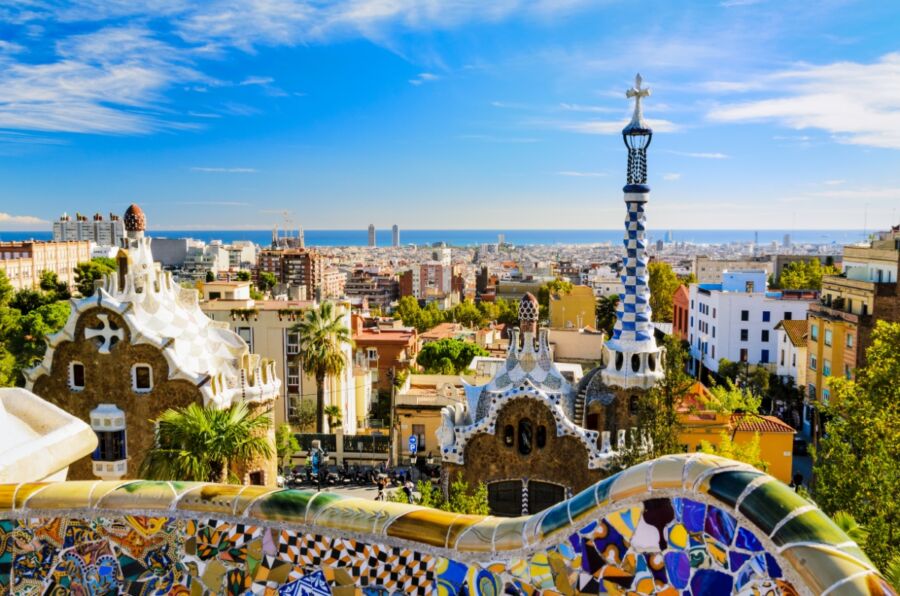
Barcelona has an efficient metro system that reaches most parts of the city. Single-journey tickets are cheap, but multi-day passes offer better value for tourists. Buses fill in gaps where the metro doesn’t reach.
The city is very walkable, especially in the historic center. But it’s quite spread out, so you’ll likely need public transport for some trips.
Barcelona El Prat Airport has good connections to the city. The Aerobus is fast and affordable, running to the city center every few minutes. The metro and train are also options, though they take longer.
Comparing flight options can help you find the best deals in both cities. Remember that peak tourist seasons may mean higher prices and crowds on public transport.
Culinary Delights and Food Scene

Food lovers are in for a treat when visiting Amsterdam and Barcelona. Both cities offer unique flavors and dining experiences that reflect their distinct cultures and culinary traditions.
Tasting Amsterdam

Amsterdam’s food scene is a mix of Dutch classics and international influences. The city is famous for its cheese markets, where visitors can sample a variety of Dutch cheeses like Gouda and Edam. Street food is popular, with herring stands offering raw herring served with chopped onions and pickles.
For a quick bite, try some crispy bitterballen (deep-fried beef croquettes) or a warm stroopwafel (syrup waffle). Beer lovers will enjoy the many craft breweries and cozy brown cafés serving local brews.
Thanks to the city’s colonial history, Indonesian cuisine is also a big part of Amsterdam’s food culture. Rijsttafel, a feast of small Indonesian dishes, is a must-try experience.
Barcelona’s Gastronomy

Barcelona’s food scene is a paradise for foodies. The city is known for its tapas culture, where small plates of food are shared among friends. Popular tapas include patatas bravas (spicy potatoes), gambas al ajillo (garlic shrimp), and pan con tomate (bread rubbed with tomato).
The Mediterranean strongly influences Barcelona’s cuisine. Many dishes feature fresh seafood, olive oil, and local produce. Paella, a rice dish often made with seafood, is popular with visitors.
Barcelona boasts an impressive 29 Michelin-starred restaurants offering high-end dining experiences. But the city’s food markets, like the famous La Boqueria, are just as exciting for food lovers. Visitors can sample local cheeses, cured meats, and fresh fruits here.
See Related: Cheapest Places to Go on Vacation: Budget-Friendly Travel Destinations
Accommodation and Living Costs
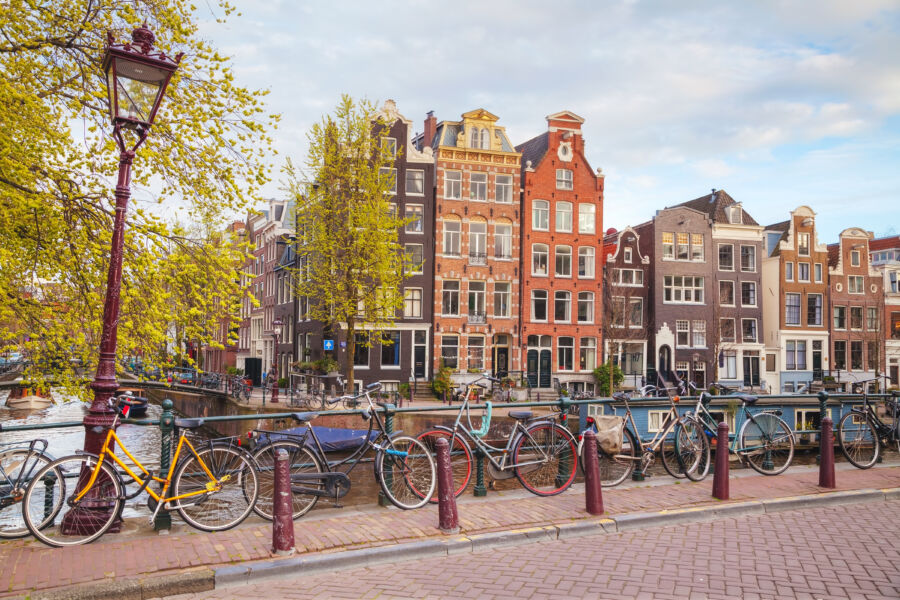
Amsterdam and Barcelona offer different options for lodging and daily expenses. Prices vary depending on location, season, and type of accommodation.
Staying in Amsterdam

Travelers may find Amsterdam to be pricey. Hotels in the city center often cost a pretty penny, especially during peak seasons. A night in a mid-range hotel might set you back €150-200. Budget-conscious folks can look into hostels, where dorm beds go for about €30-50 per night.
Renting an apartment is worth considering for longer stays. Monthly rent for a one-bedroom flat in Amsterdam’s center hovers around €1,500-2,000. Cheaper options exist in outlying areas.
Eating out can add up fast. A meal at a casual restaurant costs about €15-25 per person. Grocery shopping and cooking at home can help save some cash.
Lodgings in Barcelona
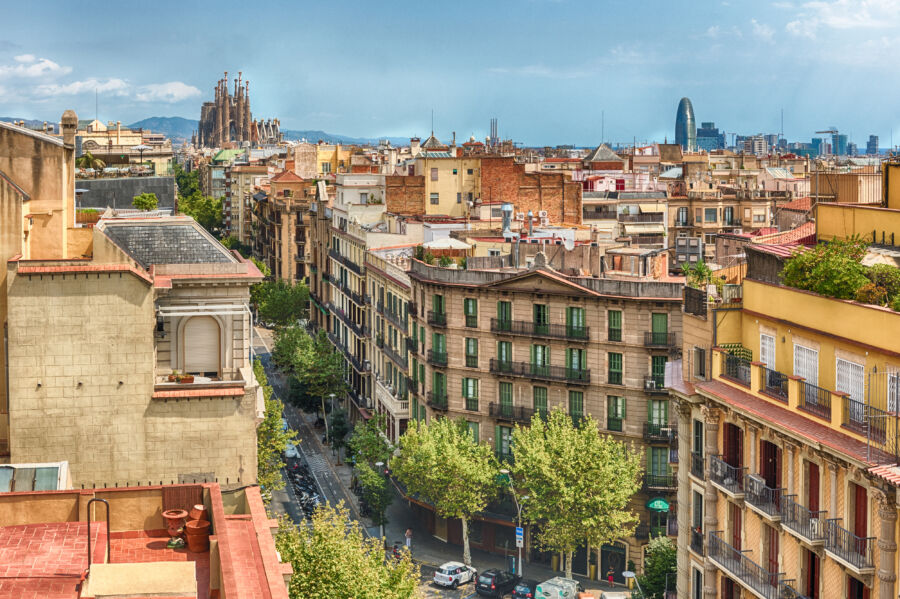
Barcelona tends to be easier on the wallet than Amsterdam. You’ll find a wider range of affordable options here. Hostels are plentiful, with dorm beds starting at €15-25 per night. Mid-range hotels often charge €80-150 for a double room.
Renting a one-bedroom apartment in Barcelona’s city center typically costs €800-1,200 monthly. Prices drop in neighborhoods further from tourist hotspots.
Food costs less in Barcelona, too. A tasty meal at a local restaurant might cost €10-20 per person. Booking accommodations in advance can help snag better deals, especially during busy periods.
Seasonal Considerations and Best Time to Visit
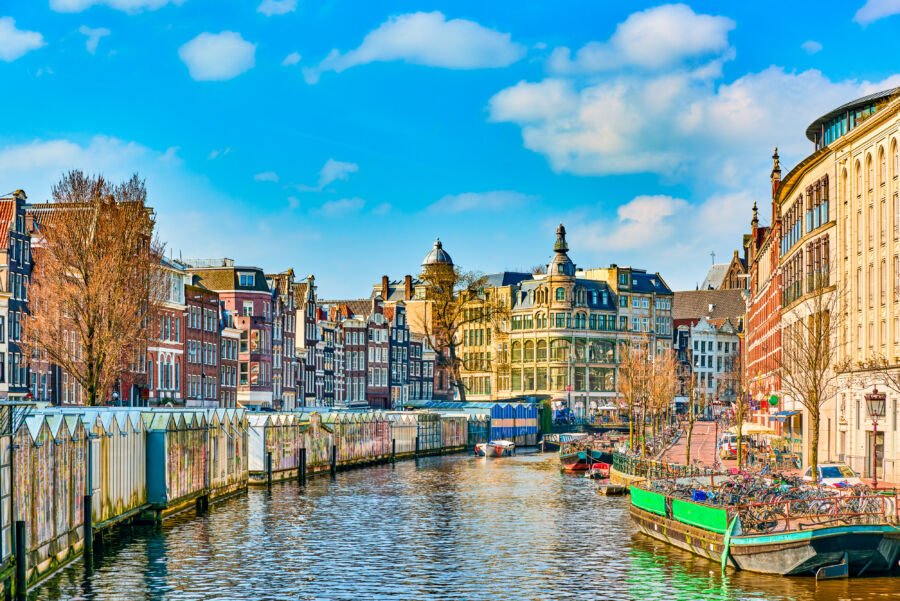
Amsterdam and Barcelona offer unique experiences throughout the year. The best time to visit depends on your preferences for weather, crowds, and activities. Each city has its seasonal charms and challenges to consider.
Amsterdam Throughout the Year
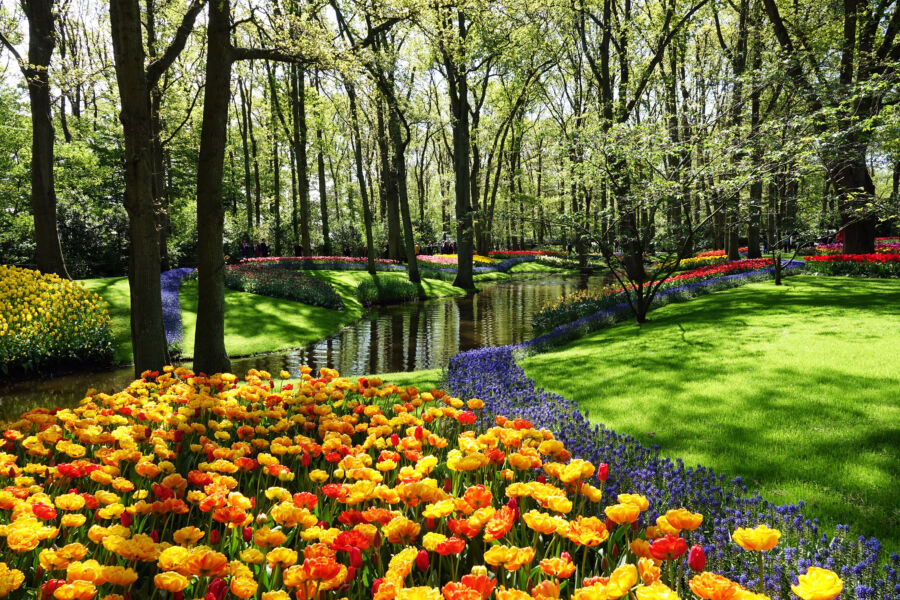
Spring is magical in Amsterdam. The city bursts with color as tulips bloom. Keukenhof Gardens are a must-see from late March to mid-May. The weather warms up, perfect for bike rides along canals.
Summer brings long, sunny days. Locals and tourists flock to parks and outdoor cafes. It’s peak season, so expect crowds and higher prices. Pack a light jacket – evenings can be cool.
Fall paints the city in golden hues. The crowds thin out, and prices drop. It’s ideal for museum visits and cozy cafe afternoons. Rain is common, so bring an umbrella.
Winter can be chilly and dark. But the city sparkles with holiday lights. Ice skating rinks pop up, and museums are less crowded. Bundle up and enjoy hot chocolate by a fireplace.
Barcelona’s Year-round Appeal
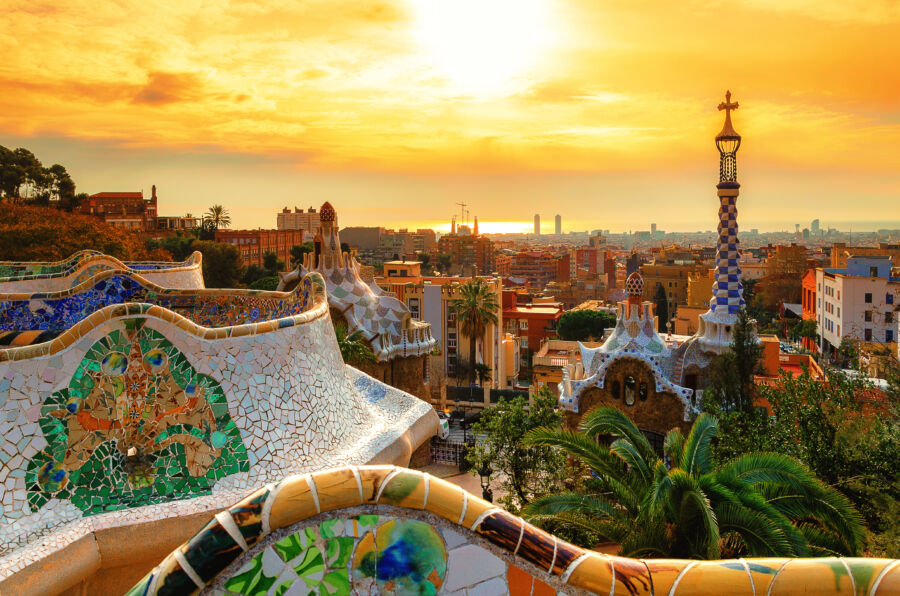
Barcelona shines in spring and fall. Temperatures are mild, perfect for sightseeing and beach days. Easter brings festive processions. Fall offers wine harvests and fewer tourists.
Summers are hot and busy, beaches are packed, and air conditioning is necessary. But the city comes alive with outdoor concerts and festivals; late-night dinners are the norm.
Winter is mild compared to northern Europe, making it great for exploring without crowds. Some beach bars close, but the city’s charm remains. Christmas markets add a festive touch.
Rain can happen year-round, but it’s usually short-lived. The Mediterranean climate keeps things pleasant. Even in winter, sunny days are common. Pack layers for changing weather.
See Related: Best Places to Visit in Europe This Year
Frequently Asked Questions
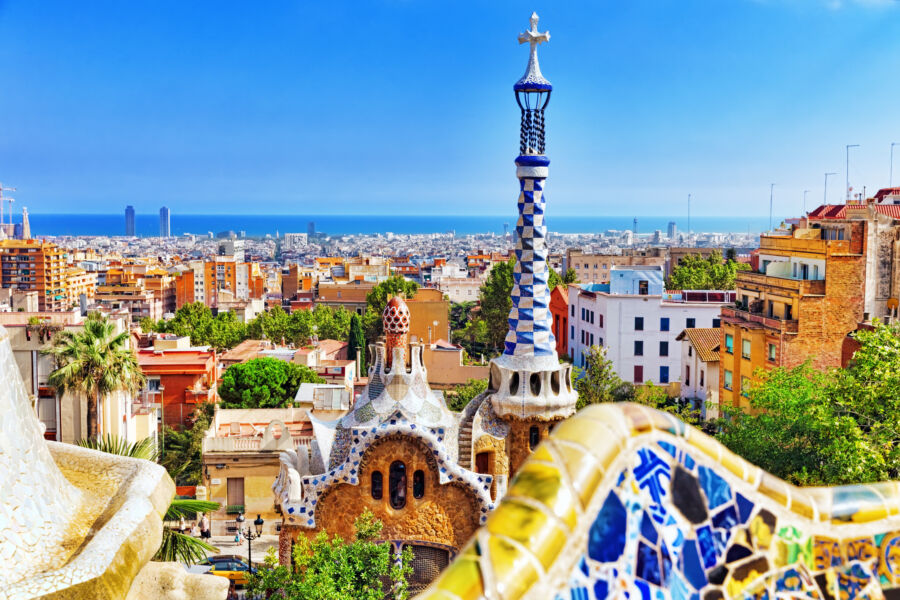
Amsterdam and Barcelona offer unique experiences for travelers. Each city has its charm, culture, and attractions that set it apart. Let’s explore some key differences to help you decide which destination might be right for you.
What cultural differences should I expect when choosing between Amsterdam and Barcelona for my vacation?
Amsterdam has a laid-back vibe with its coffee shops and bike-friendly streets. People are direct but friendly. Barcelona is known for its lively atmosphere and late-night culture. Locals are passionate and expressive. Both cities welcome tourists, but Barcelona can feel more crowded in peak seasons.
What are the distinctive architectural styles that set Amsterdam apart from Barcelona for travelers with an interest in urban design?
Amsterdam is famous for its narrow canal houses with ornate gables. The city has a cozy, historic feel. Barcelona boasts Gaudí’s whimsical masterpieces like the Sagrada Família. It mixes Gothic and modernist styles. Amsterdam’s architecture is more uniform, while Barcelona’s is more varied and colorful.
How do the culinary experiences in Amsterdam and Barcelona compare for food enthusiasts?
Amsterdam offers hearty Dutch cuisine like stroopwafels and bitterballen. Its growing food scene has international influences. Barcelona is a food lover’s paradise with tapas, paella, and fresh seafood. The city has many Michelin-starred restaurants. Both cities have great markets, but Barcelona’s La Boqueria is world-renowned.
What are the key factors to consider when debating between the festival and event scenes in Amsterdam and Barcelona?
Amsterdam hosts major events like King’s Day and the Amsterdam Dance Event. The city has a big electronic music scene. Barcelona is known for Primavera Sound and Sónar music festivals. It also has traditional celebrations like La Mercè. Both cities offer year-round cultural events, but Barcelona’s weather allows for more outdoor festivals.
Could you highlight the advantages of choosing Barcelona over Amsterdam for an art lover’s itinerary?
Barcelona has more famous art museums, such as the Picasso Museum and the Joan Miró Foundation. The city itself is a canvas with Gaudí’s architecture everywhere. Street art is also popular in Barcelona. Amsterdam has the Van Gogh Museum and Rijksmuseum, but Barcelona offers a wider range of artistic styles and periods.
How do Amsterdam and Barcelona differ in terms of transportation and ease of getting around for tourists?
Amsterdam is compact and bike-friendly. The city has an excellent tram and metro system. Meanwhile, Barcelona is larger but has a comprehensive metro network. Walking in the central areas is easy, and taxis are more common in Barcelona. Both cities have good public transport, but Amsterdam might be easier to navigate for first-time visitors.



